Yesterday was such an unexpectedly lovely day in the middle
of this frigid, snow-overfilled winter that I decided to take a quick walk
around the block to look at the trees.
The first tree I always see is the one that is in front of
our door. This is not the tree I am watching for this investigation. That one
is on the side of the house. This tree is a smaller, sadder sort of half-tree.
You can see the part that is missing in the picture. That part was there for
years, but it was always dead. It never grew any leaves or anything. The town's
Department of Public Works cut that part off last year in what seemed to be a
big tree pruning, removing, replanting effort.
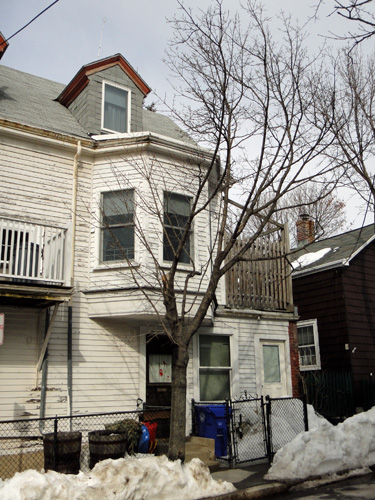
I like to think of this tree as Bud. He's like that little
boy that Rudy in the Cosby Show brought home and ordered around. I don't know
his real name and, despite the fact that he's always there, I don't really pay
attention to him. Buuuuud. I had actually decided to have Bud be "my tree" for
this study, but my husband pointed out that I could see the tree on the side of
our house much more clearly and it was just "a better tree." I agreed, although
I'd be hard-pressed to tell you what exactly makes that tree "a better tree" because I kinda like Bud. Since
I'd started thinking of Bud as "my tree", we bonded. You'll
definitely see more pictures of Bud and the changes he's going through as this
blog continues.
On my walk, I noticed that Bud is not the same kind of tree as my tree
(which, due to it's prouder and prettier appearance, I am tempted to call
Rudy). Bud has little pointy reddish buds at the tips of his branches and a lot
fewer of them. His bark too, while bumpy and cracked, is still much smoother
than that of my tree.
On to the next street, which was another place the
Department of Public Works was hard at work on last year.
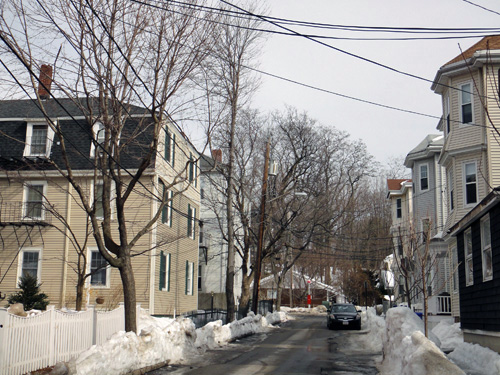
I always loved this street because there were giant trees
lining it on both sides. In the fall there was a canopy of beautiful
leaves above and scattered below. (My appreciation was certainly
affected by the fact that I
don't live on this street and never had to gather any of the leaves!)
But -
yes, as you can tell from the photo, there is a but - the sidewalks had
developed serious cracks from all the roots. Some of the cracks extended
up
into people's cement steps up to their houses. It was tricky pushing
a
stroller or a shopping cart over the sidewalks here and treacherous in the snow and ice.
I'm not
sure if there was anything else wrong with the trees, but one day, the
DPW just
showed up and cut all of them down on one side. Then they started
redoing the
sidewalks and steps. Then they planted the darling little baby trees in
the new
cutouts.
I was crushed to see half the trees go. The whole street
looks uneven now and autumn is just not the same without them. I also can't
stop thinking about the people who live on that side of the street. What is it
like now that they have so much more light? Do they have to rearrange their
furniture? Get new curtains? How about their feeling of privacy? Security?
Imagine, twenty, thirty years, your whole life in a house maybe, and then no
more tree.
I took a closer look at one of the older trees on the
street. This one has leafy reddish buds that look almost sculptural or
decorative.
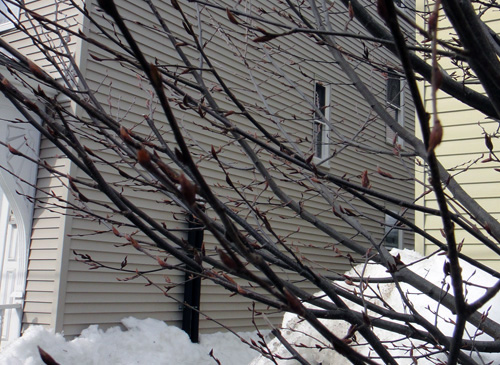
And here's one like I saw in science class with branches
that look like alien hands with long, skinny fingers and a white, round bud at
the end of each. Beautiful and creepy at the same time.
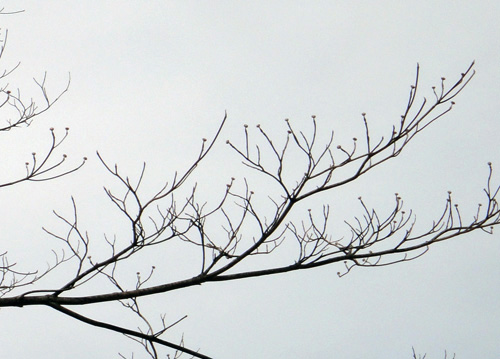
Hey, look at the way the trunk grew on this tree. What could possibly make it do that?
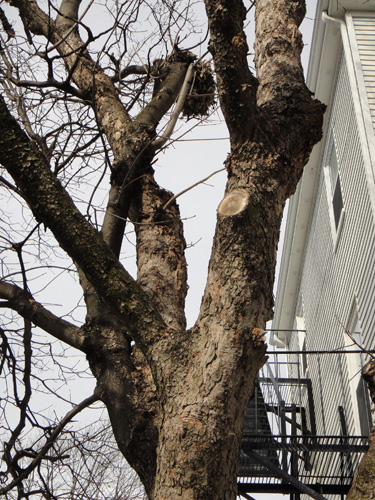
And this one is covered with red berries. Wow. In February!
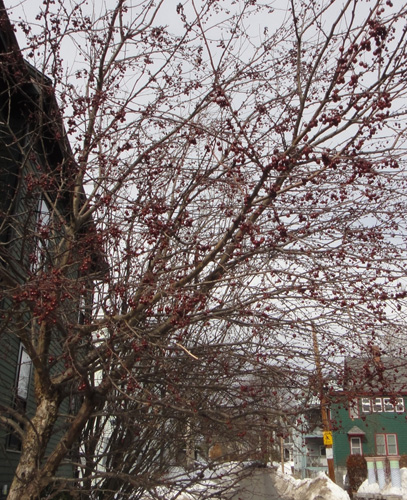
This one is covered with little whiskers.
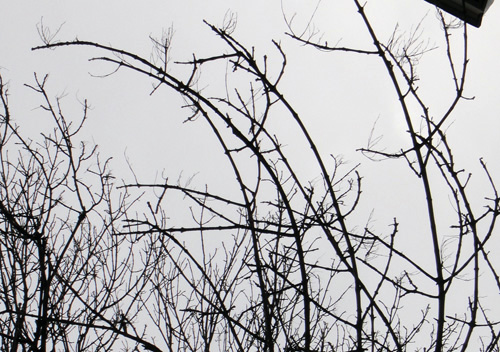
And this one is covered in what look like sticky burrs.
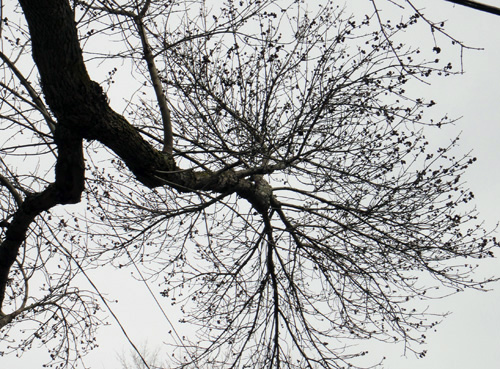
This one still has its dead brown leaves. How is that even possible?
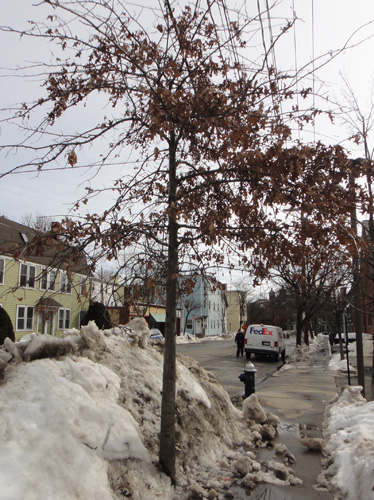
Coooooool bark, dude.
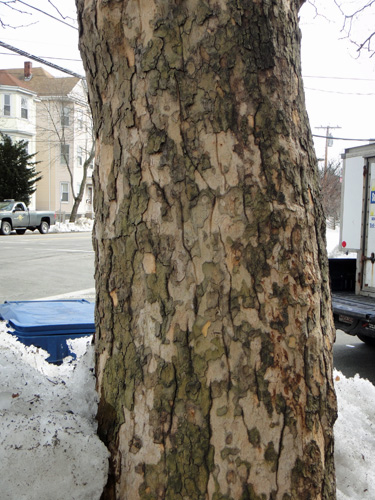
These here are like completely black.
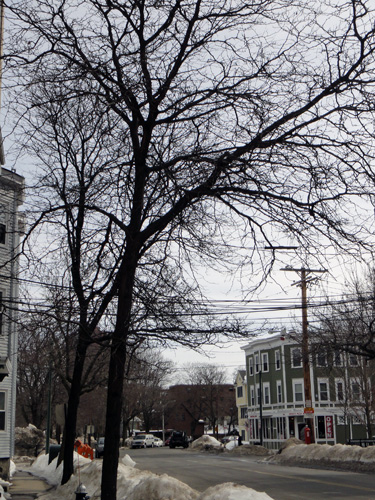
But none of them is my tree.
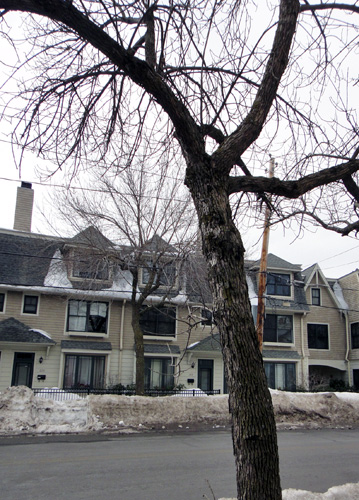
Except this one directly across the street, which looks just like it. They're like little tree soul mates. On Valentine's day. Aw.
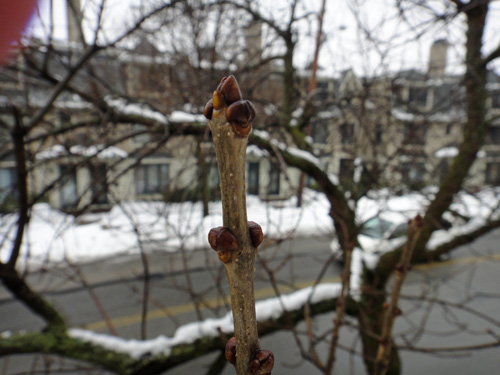

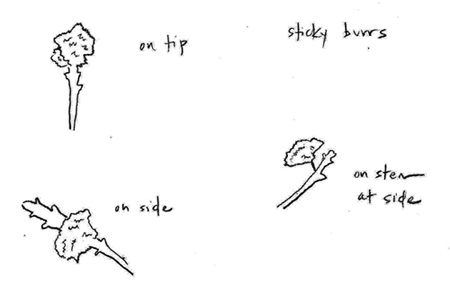
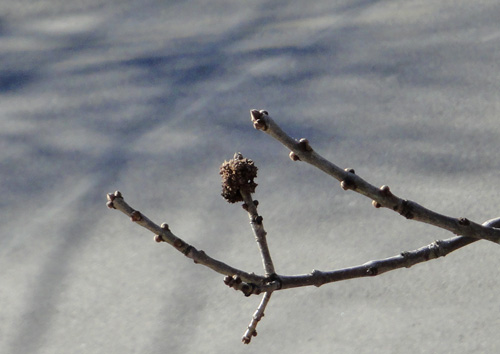
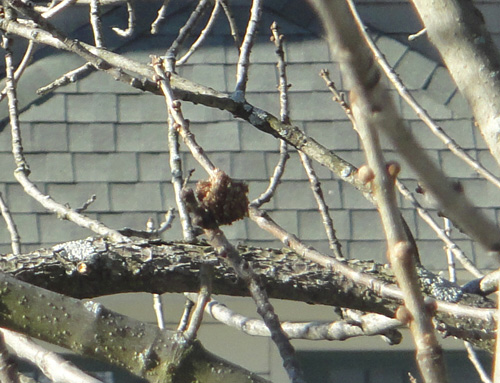
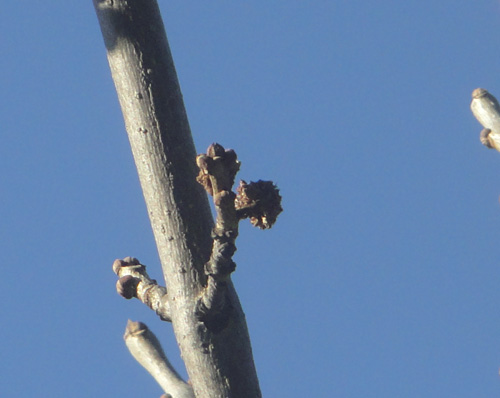
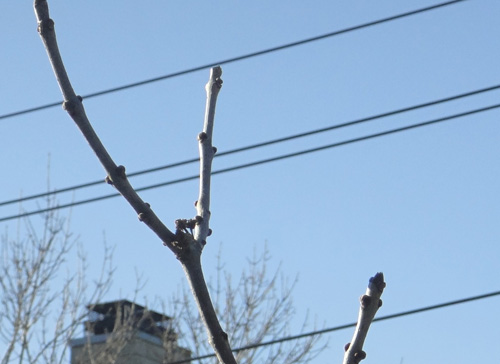
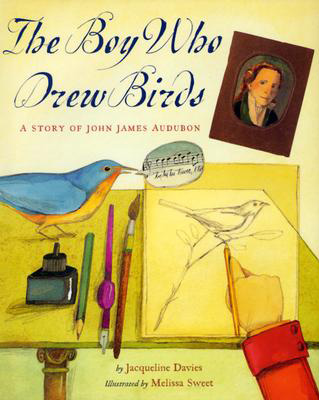
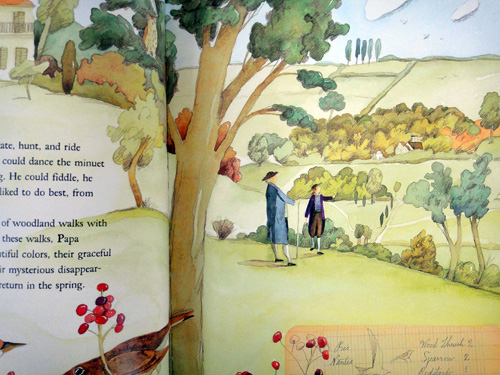
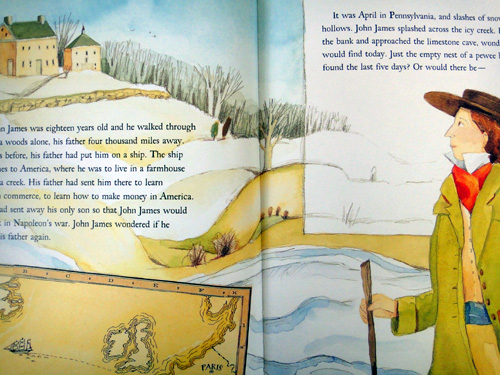
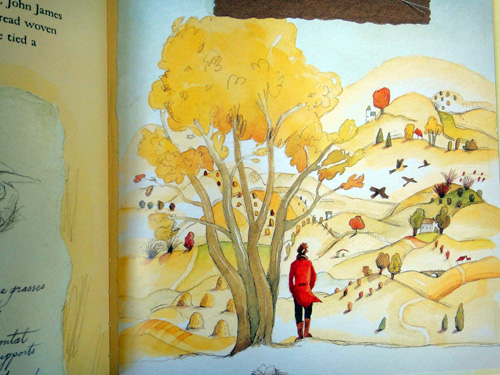
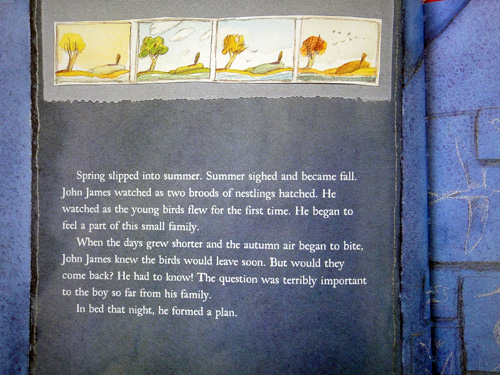
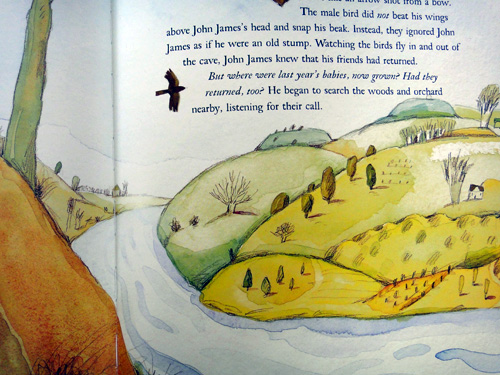
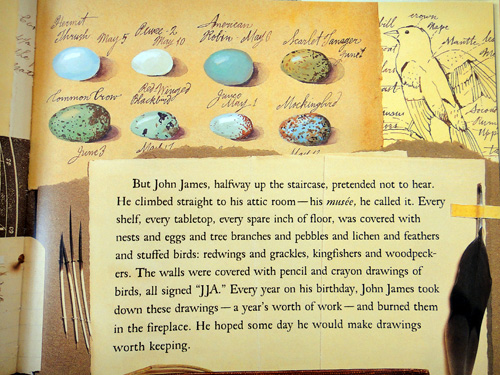
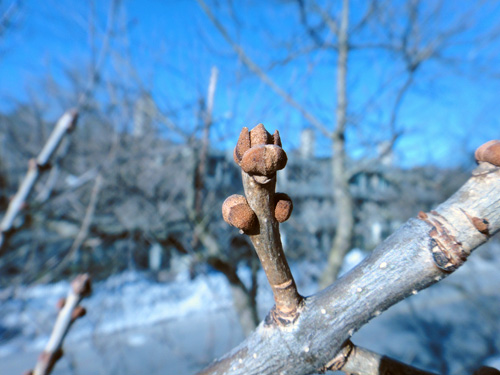
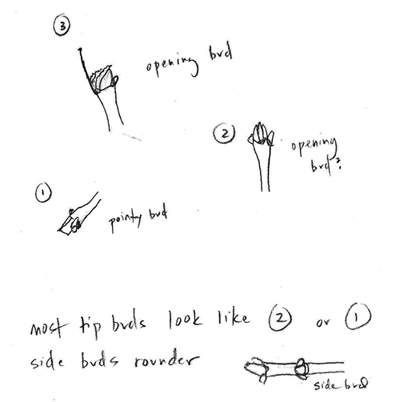
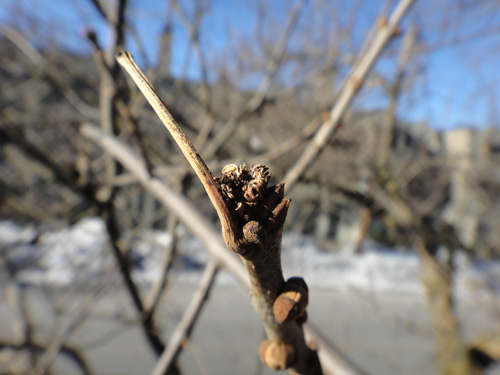
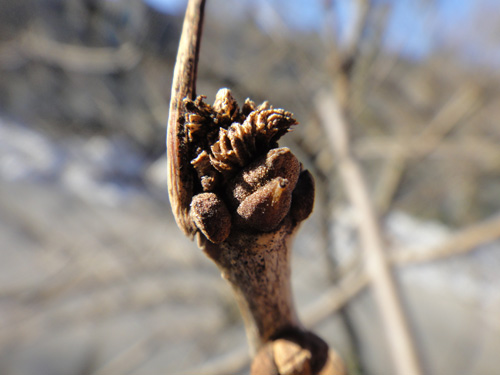
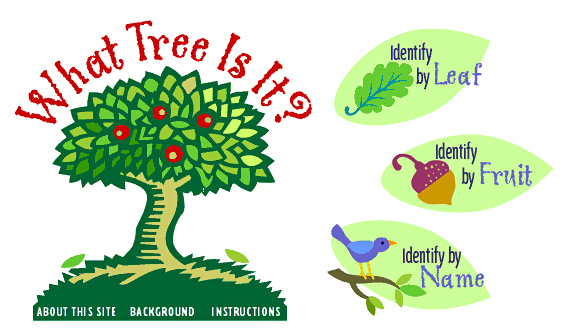
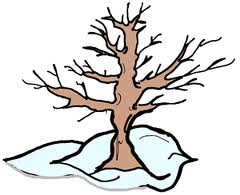
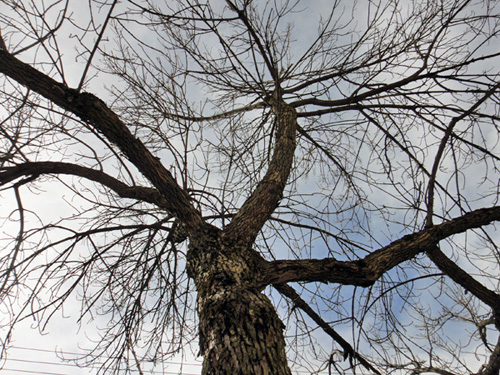
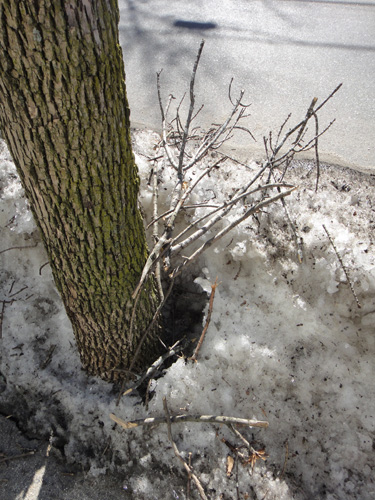
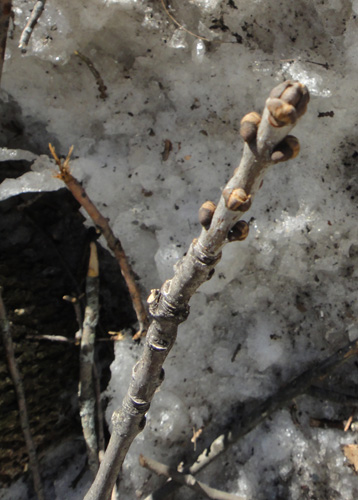
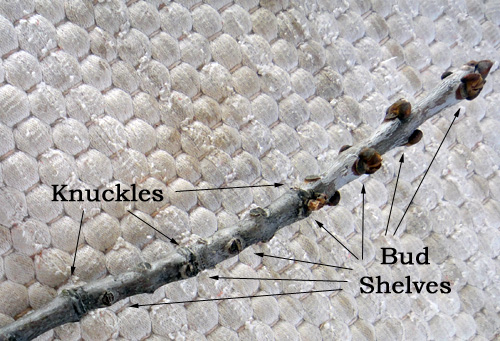
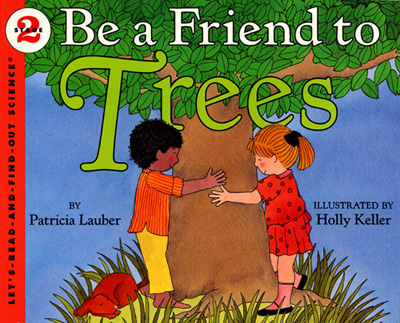
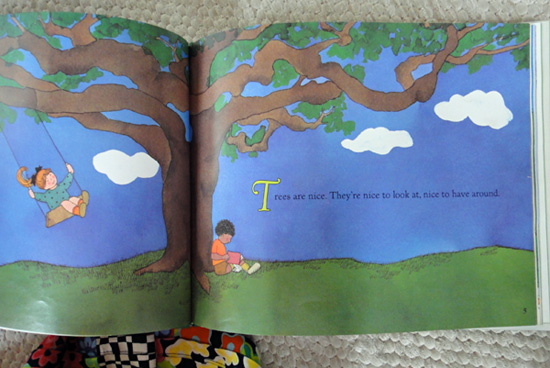
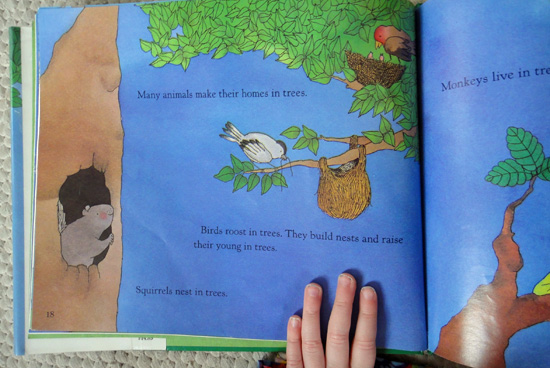
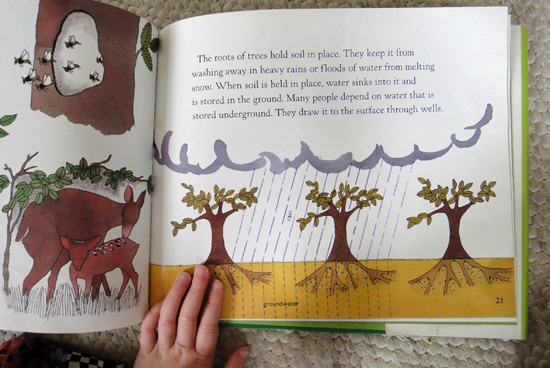
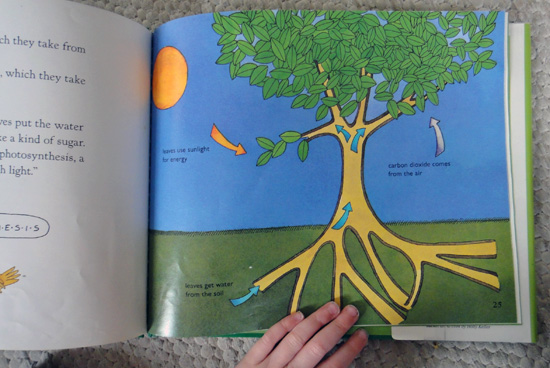
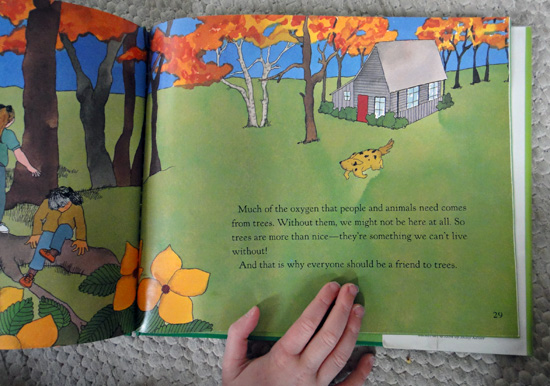
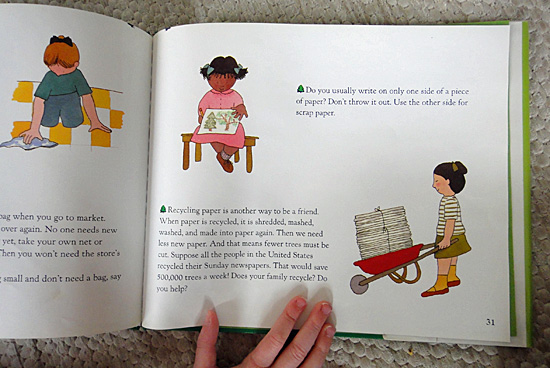
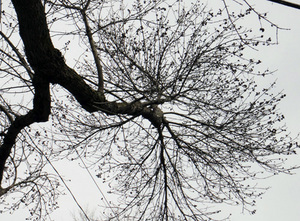
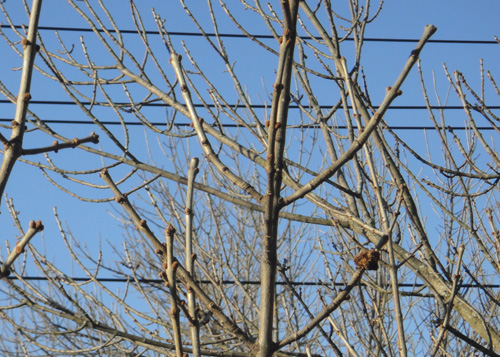
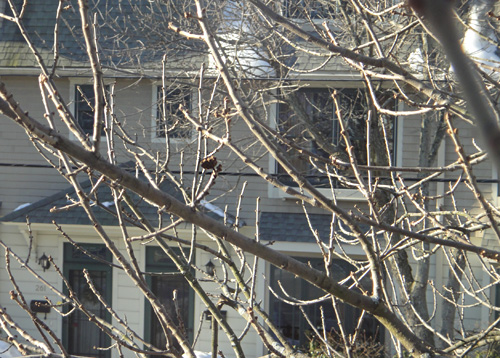
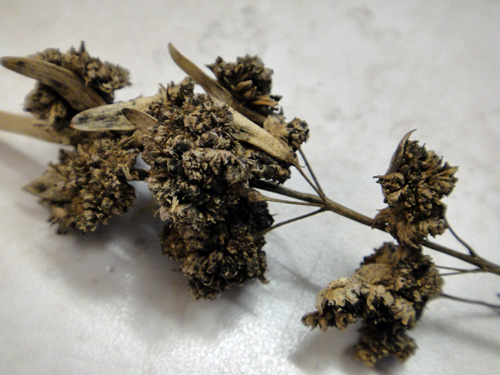
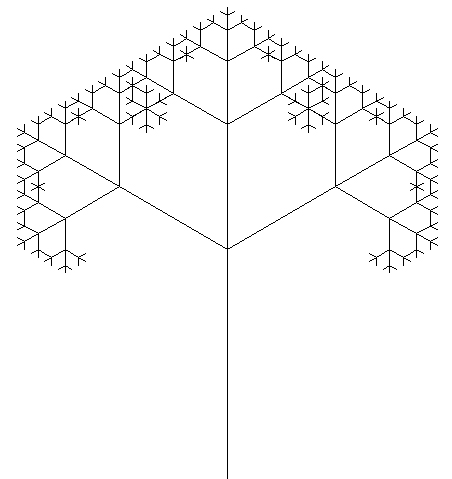
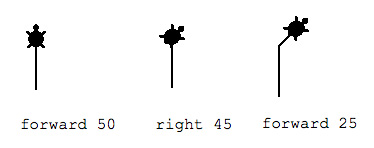












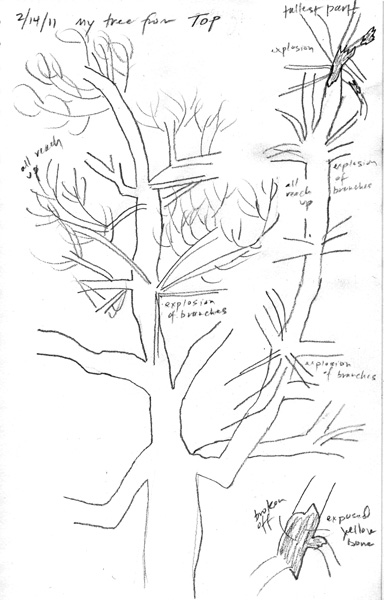
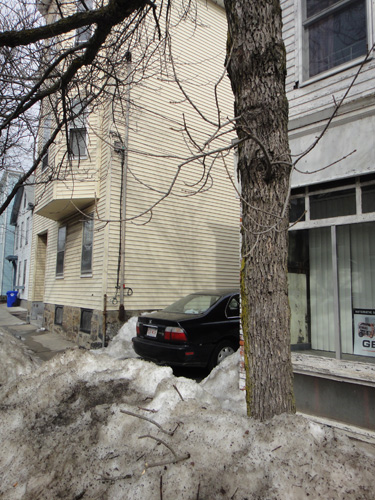
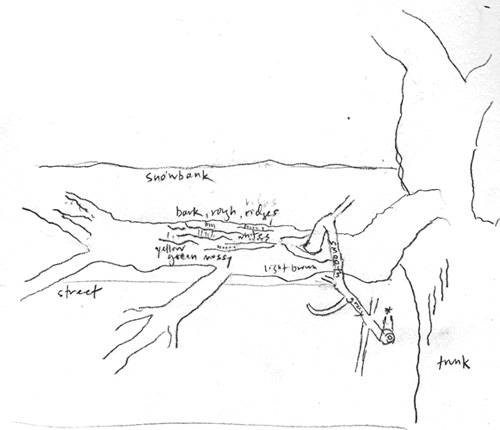
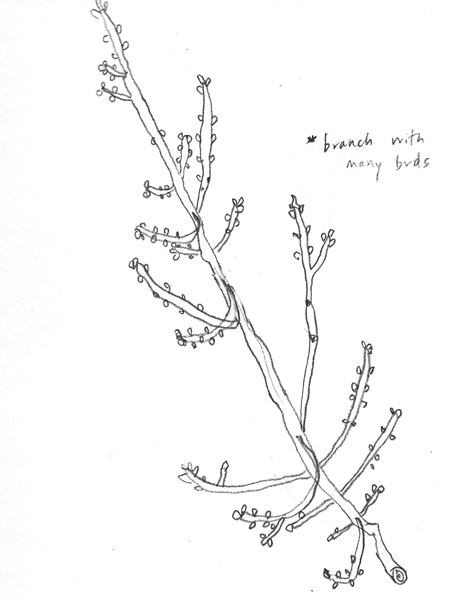
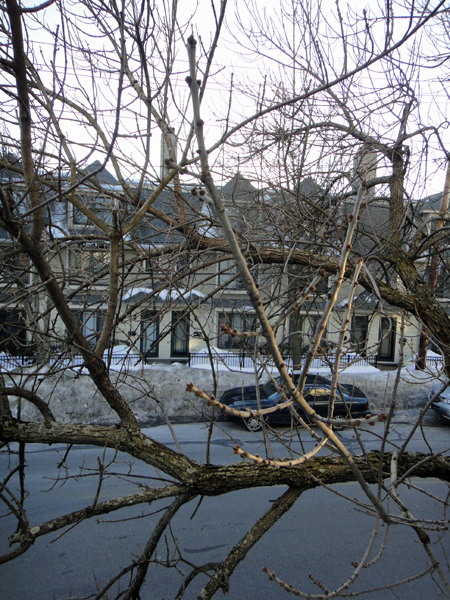
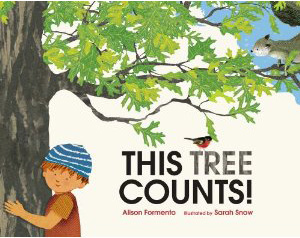
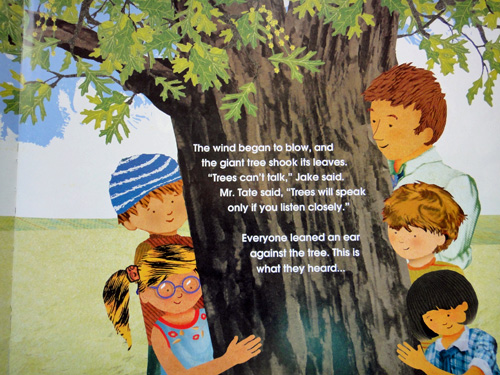
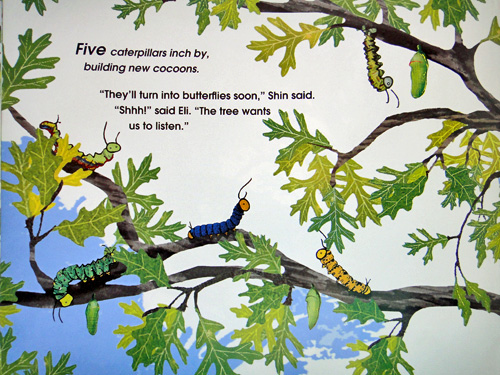
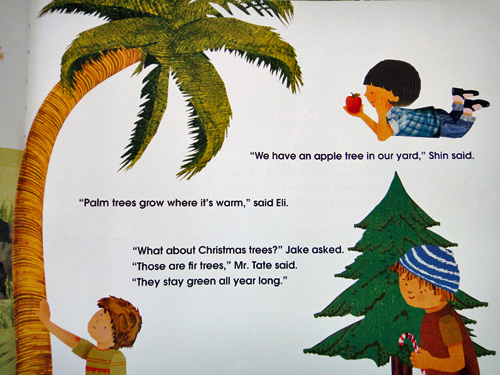
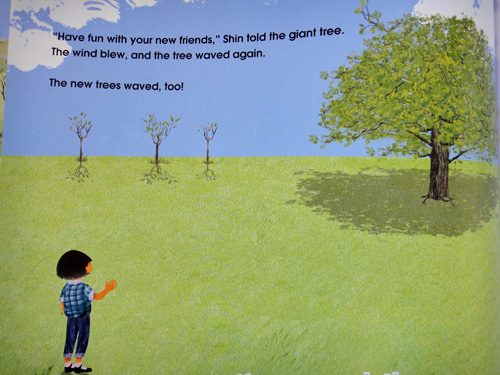
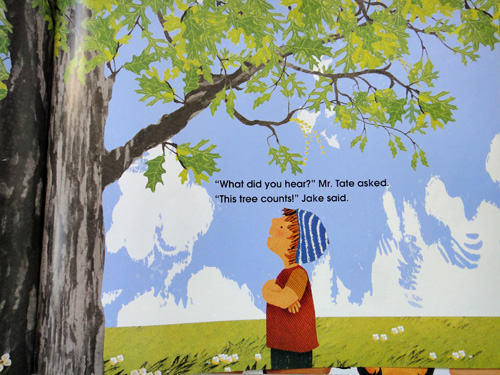
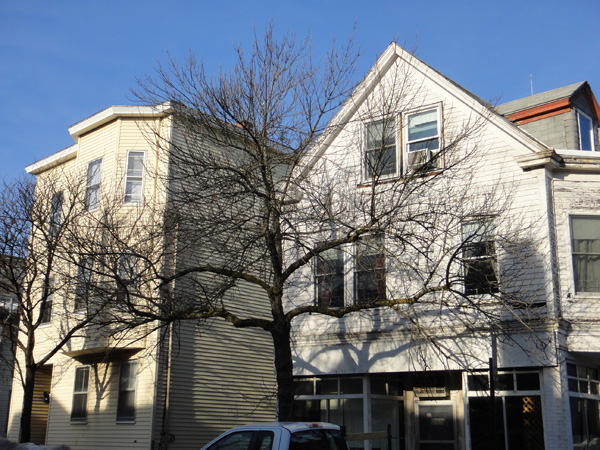
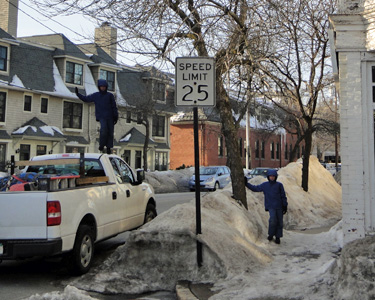
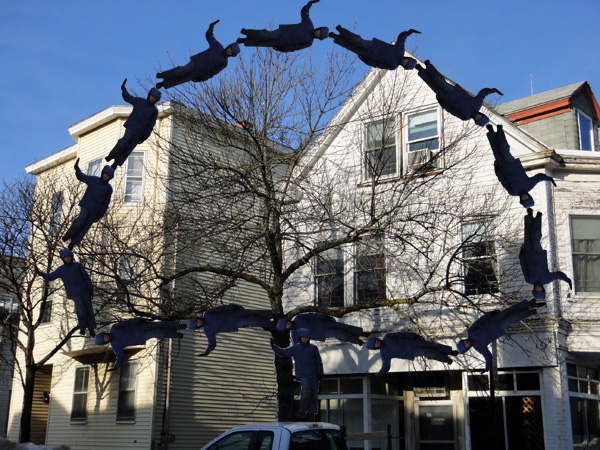
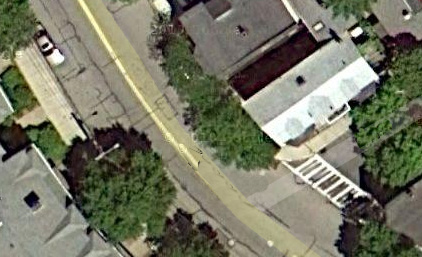
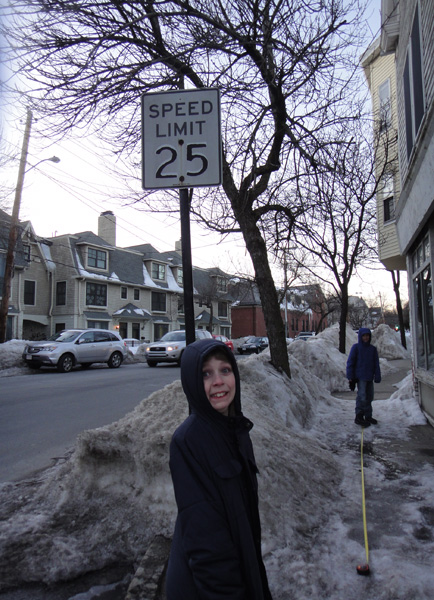
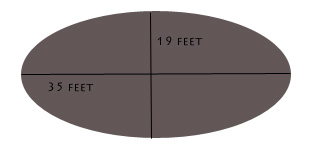
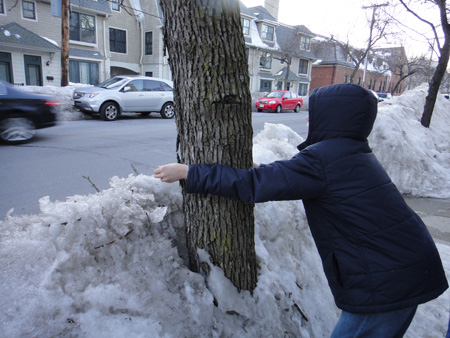
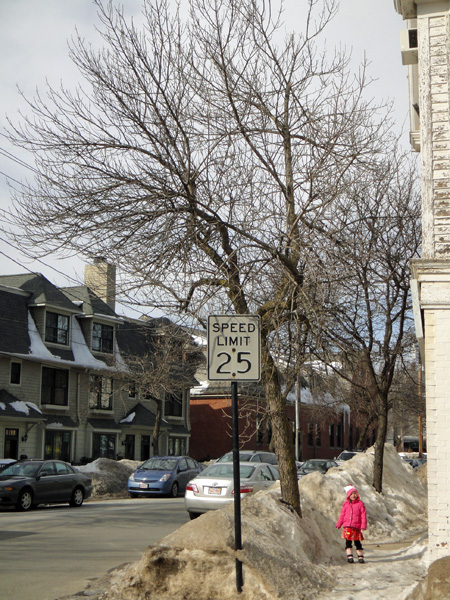
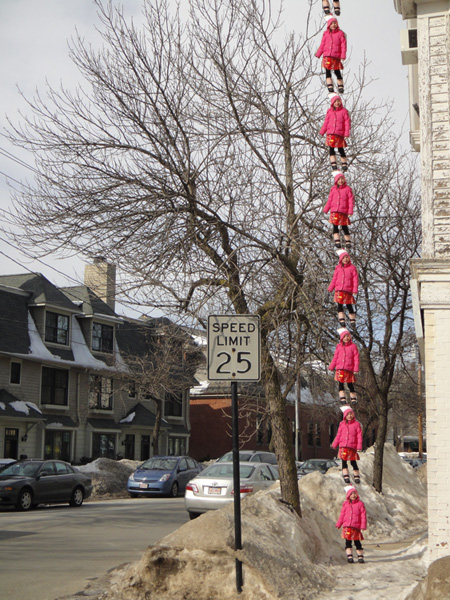
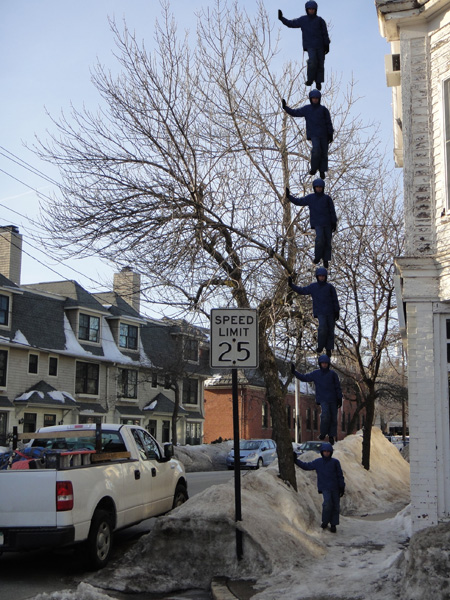

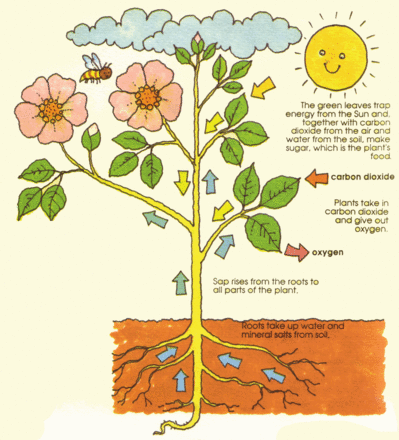

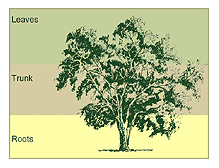
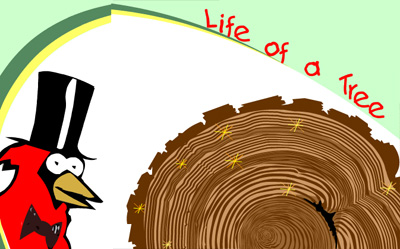
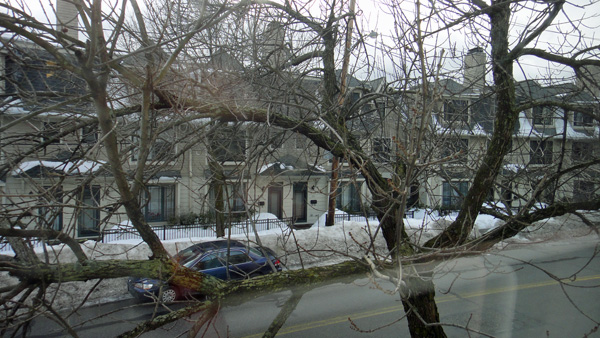 Over the next four months, I'll be watching this one tree, taking pictures of it, describing what it's doing (or not doing), asking questions about what's happening, and just jotting down whatever I see and think about my tree. I'm not going to do research about what kind of tree it is. I'm not going to do research about what exactly should happen to trees in springtime. I'm simply going to watch this tree and let her tell me. (Oh, yes, I've decided she's a girl. More on that later.) She is going to be my teacher for the next four months.
Over the next four months, I'll be watching this one tree, taking pictures of it, describing what it's doing (or not doing), asking questions about what's happening, and just jotting down whatever I see and think about my tree. I'm not going to do research about what kind of tree it is. I'm not going to do research about what exactly should happen to trees in springtime. I'm simply going to watch this tree and let her tell me. (Oh, yes, I've decided she's a girl. More on that later.) She is going to be my teacher for the next four months.